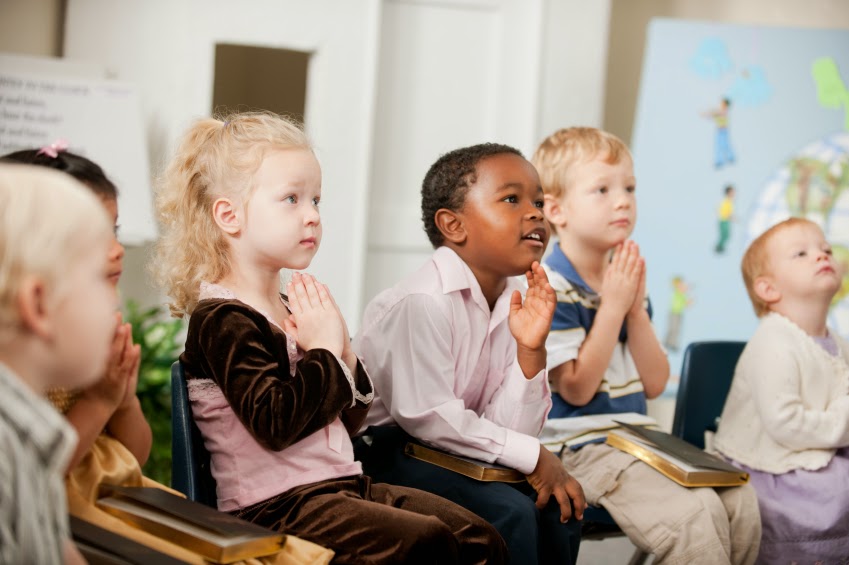
- Let your children see you reading the bible.
- Get your kids a kids bible.
- Help them learn scriptures pertaining to children.
- Sing songs that children can understand.
- Listen to gospel music that kids can relate to.
- Draw pictures of things and people in the bible.
- Role play with the kids parts of the bible.
- Watch movies that will appeal to children.
- Use stories and games.
- Use technology such as games and apps.








